Ford Kuga Estate (2012-2020) engines, drive and performance
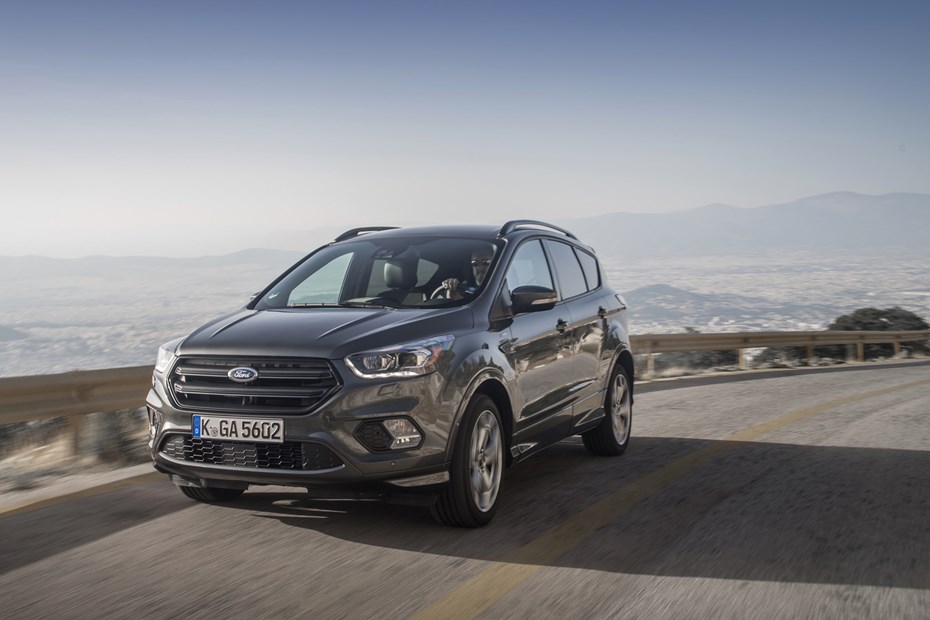
- Wide range of engines on sale over car’s lifecycle
- Automatic and all-wheel drive available
- Find out why the smaller diesel is the one we prefer
The Kuga offers power ranging from 120-180hp with petrol and diesel options, plus two- and all-wheel drive.
Petrol engines
All petrol Kugas use a 1.5-litre, four-cylinder unit, producing 120, 150 or 176hp. Torque is 240Nm across the board. The bottom two power outputs are six-speed manual only, while the most powerful version has a six-speed auto.
The slick six-speed manual gearbox also contributes to the involving driving experience. The gear lever has a short throw and a really positive action, plus its raised position on the centre console means it’s easily reachable.
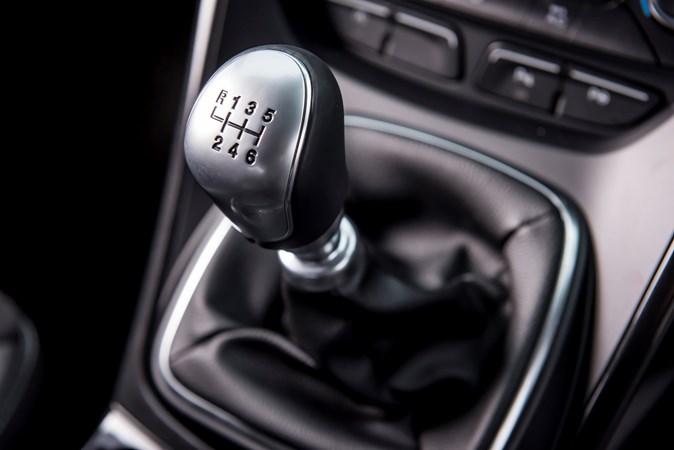
We’d steer clear of the 1.5 petrol engine and automatic gearbox. This isn’t a good combination because you have to work the engine very hard to make meaningful progress thanks to the nature of the old-fashioned automatic gearbox. The firm’s Powershift twin-clutch auto (only available on the 2.0-litre diesel) is significantly better in this regard.
Diesel engines
The best Kuga for most buyers is the 1.5-litre, 120hp diesel with 270Nm of torque. This engine is smooth, feels powerful enough and is coupled to a six-speed manual gearbox that feels solid and well-designed.
However, you can’t have the 1.5 with an automatic gearbox or all-wheel drive. If those are requirements then we’d suggest the 2.0-litre diesel would be the one to go for. This one’s the towing choice too, with the maximum braked towing weight of 2,100kg.
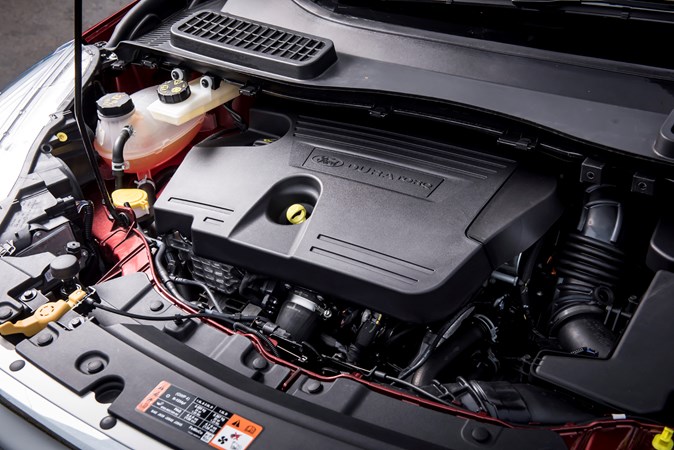
The engine itself is smooth and fairly quiet, with only a small amount of diesel clatter making its way into the cabin, and you can pick 120, 150 or 180hp versions, featuring 310, 370 or 400Nm of torque.
The pre-facelift 163hp 2.0-litre diesel engine fitted to the Kuga was an unremarkable unit – lacklustre levels of power and a distinct lack of in-gear pull being the chief complaints. Ford have since addressed this, upping the power on its top diesel unit.
While it’s no rocket off the line the Kuga no longer feels underpowered, with overtaking manoeuvres pulled off with relative ease. It’s quiet too, even in the higher rev ranges staying hushed and refined.
Engines no longer available
As usual with Ford cars, there have been many engines on offer over the Kuga’s lifecycle.
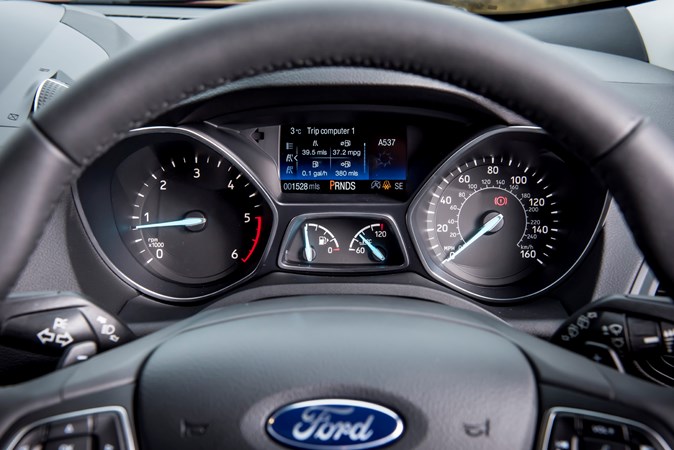
Two diesel choices were available from launch but a 150hp 1.6-litre EcoBoost petrol engine joined the range in late 2013, only available with two-wheel drive.
The range comprised a 2.0-litre diesel engine with a choice of two power outputs. The lower-powered 140hp 2.0-litre TDCi got from 0-62mph in 10.6 seconds and had a top speed of 118mph while the all-wheel drive version completes the benchmark sprint in 10.7 seconds (11.2 with the auto ‘box) and went on to 116mph with either gearbox.
The higher powered 163hp 2.0-litre diesel engine came in all-wheel drive form only, got from 0-62mph in 9.9s (10.4 when mated to the auto ‘box) and has a top speed of 123mph (121mph with the auto gearbox). The stats looks good but our testers found the 163hp 2.0-litre engine could do with a bit more grunt. It felt a bit gutless so you needed to plan overtaking manoeuvres well in advance.
In 2014 there was a major overhaul of the engines offered, with the following powertrains on offer:
- 1.5-litre Ecoboost petrol with front-wheel drive manual, 150hp/240Nm, 9.4-second 0-62mph
- 1.5-litre Ecoboost petrol with all-wheel drive automatic, 182hp/240Nm, 9.8-second 0-62mph
- 2.0-litre diesel with front- or all-wheel drive manual, 150hp/370Nm, 9.8-second 0-62mph
- 2.0-litre diesel Powershift twin-clutch automatic, 150hp/370Nm, 9.8-second 0-62mph
- 2.0-litre diesel manual with all-wheel drive, 180hp/400Nm, 8.9-second 0-62mph
- 2.0-litre diesel Powershift twin-clutch automatic, all-wheel drive, 180hp/400Nm, 9.7 seconds 0-62mph
How does it drive?
- Easy to drive and park
- Trademark Ford handling
- Bodyroll reminds that you’re in an SUV
The Kuga’s handling is among the best in its class. It’s mainly due to the excellent steering that Ford seems to equip most of its cars with – few other SUVs offer this level of communication between front wheels and driver.
There’s plenty of feel through the wheel for the driver to make it feel more involving, but increased amounts of bodyroll have crept in over the years thanks to softer suspension and a narrower width.
The big Ford still hides its near 1.7-tonne kerb weight reasonably well and driving enjoyment is still exemplary, the Kuga boasting bags of grip and a willing turn-in. The plus side to Ford filing the sharpness off the Kuga driving dynamics is a softer, more composed ride.
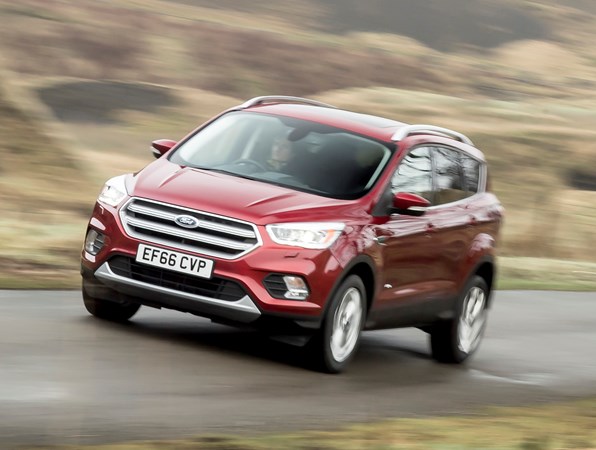
Furthermore it’s easy to park, but this was improved dramatically in 2016 when acoustic sensors and an automatic parking system were made available.
Taut ST Line handling
The ST-Line comes with stiffer sports suspension, while AWD models come with a lower ride height, too. However, while that means the ride is a bit harsher than some of its rivals like the Volkswagen Tiguan, it’s never too uncomfortable – it’s the price you pay for having one of the better-driving SUVs.
Grippy AWD option
This system comes as standard on the higher-powered 180hp diesel and while we can’t comment on its off road capabilities, it adds another layer of security to the overall drive.
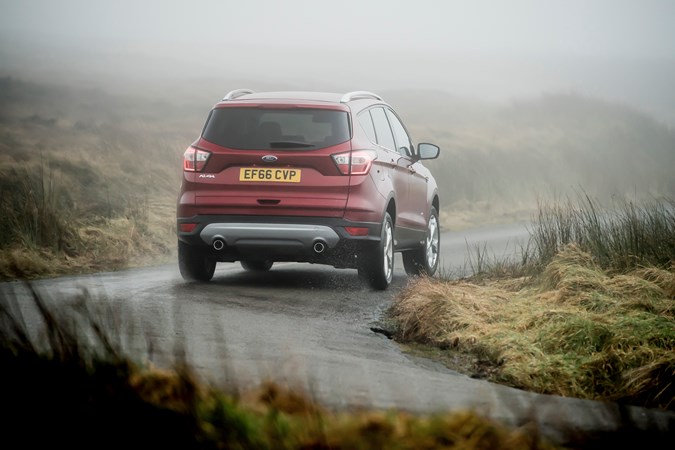
Accelerate out of a bend in wet conditions and the Kuga sticks firmly to the road, the intelligent all-wheel-drive system delegating power to the wheels with the most traction. Having said that, you’ll likely find that in 95 percent of driving conditions power will only be sent to the front two wheels.
So unless you’re planning on taking the Kuga off-road, question whether you’ll really need the AWD system.


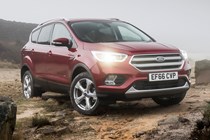
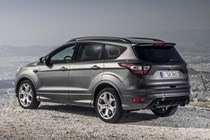

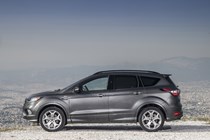
.jpg)
.jpg)
.jpg)
.jpg)
.jpg)
.jpg)
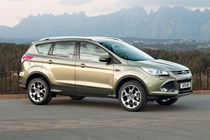
.jpg)
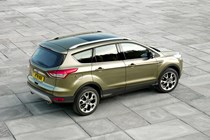
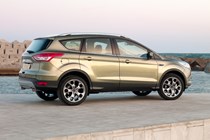
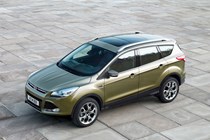
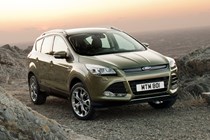

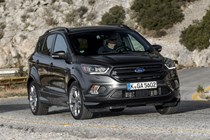
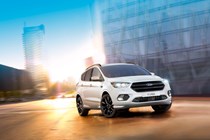
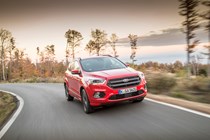
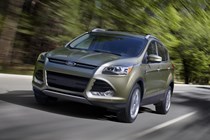
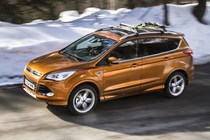
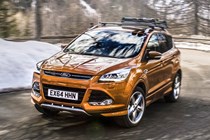
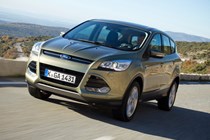
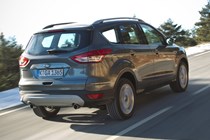
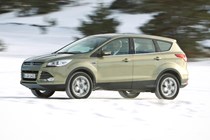
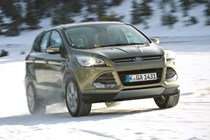

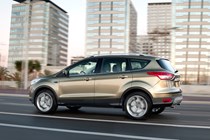


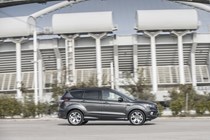

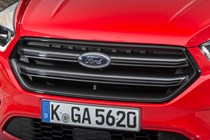
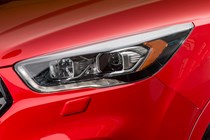
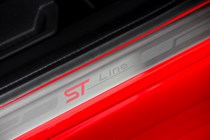
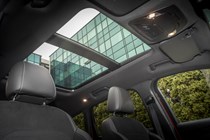

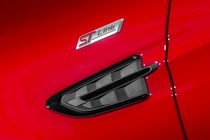
.jpg)
.jpg)
.jpg)
.jpg)
.jpg)
.jpg)
.jpg)
.jpg)
.jpg)
.jpg)
.jpg)
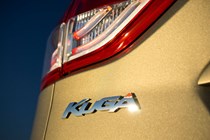
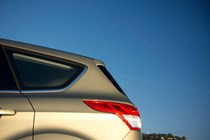


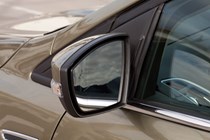
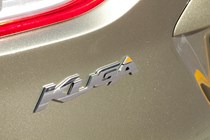
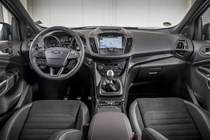
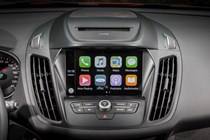
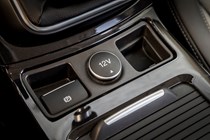
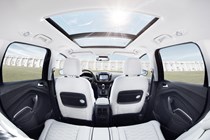
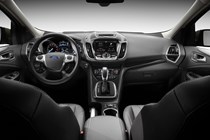
.jpg)
.jpg)
.jpg)
.jpg)
.jpg)
.jpg)
.jpg)
.jpg)
.jpg)
.jpg)
.jpg)
.jpg)
.jpg)
.jpg)
.jpg)
.jpg)
.jpg)
.jpg)
.jpg)
.jpg)
.jpg)
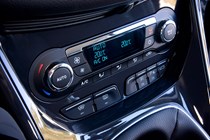
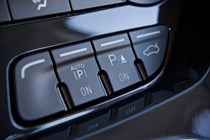
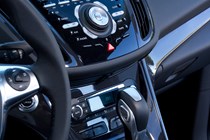
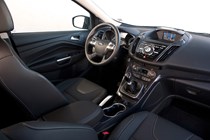
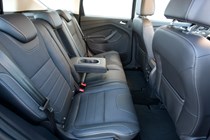
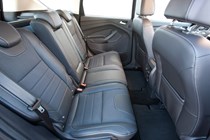
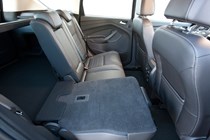
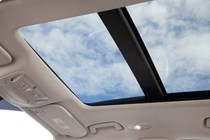
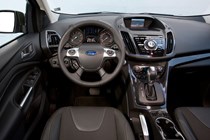
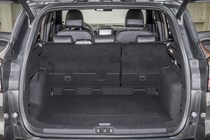
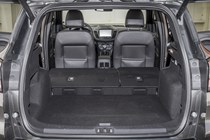
.jpg)
.jpg)
.jpg)
.jpg)
.jpg)
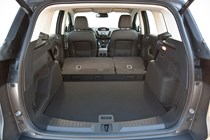
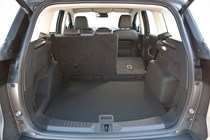
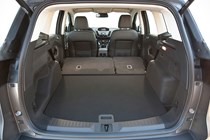
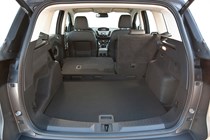
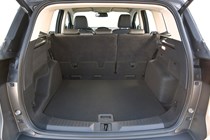
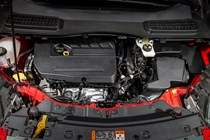
.jpg)
.jpg)
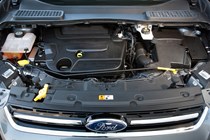
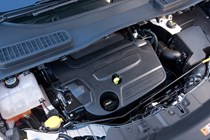
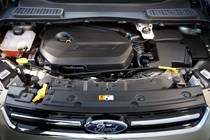







.jpg?quality=50)
.jpg?quality=50)
.jpg?quality=50)
.jpg?quality=50)
.jpg?quality=50)
.jpg?quality=50)

.jpg?quality=50)



























.jpg?quality=50)
.jpg?quality=50)
.jpg?quality=50)
.jpg?quality=50)
.jpg?quality=50)
.jpg?quality=50)
.jpg?quality=50)
.jpg?quality=50)
.jpg?quality=50)
.jpg?quality=50)
.jpg?quality=50)











.jpg?quality=50)
.jpg?quality=50)
.jpg?quality=50)
.jpg?quality=50)
.jpg?quality=50)
.jpg?quality=50)
.jpg?quality=50)
.jpg?quality=50)
.jpg?quality=50)
.jpg?quality=50)
.jpg?quality=50)
.jpg?quality=50)
.jpg?quality=50)
.jpg?quality=50)
.jpg?quality=50)
.jpg?quality=50)
.jpg?quality=50)
.jpg?quality=50)
.jpg?quality=50)
.jpg?quality=50)
.jpg?quality=50)











.jpg?quality=50)
.jpg?quality=50)
.jpg?quality=50)
.jpg?quality=50)
.jpg?quality=50)






.jpg?quality=50)
.jpg?quality=50)



